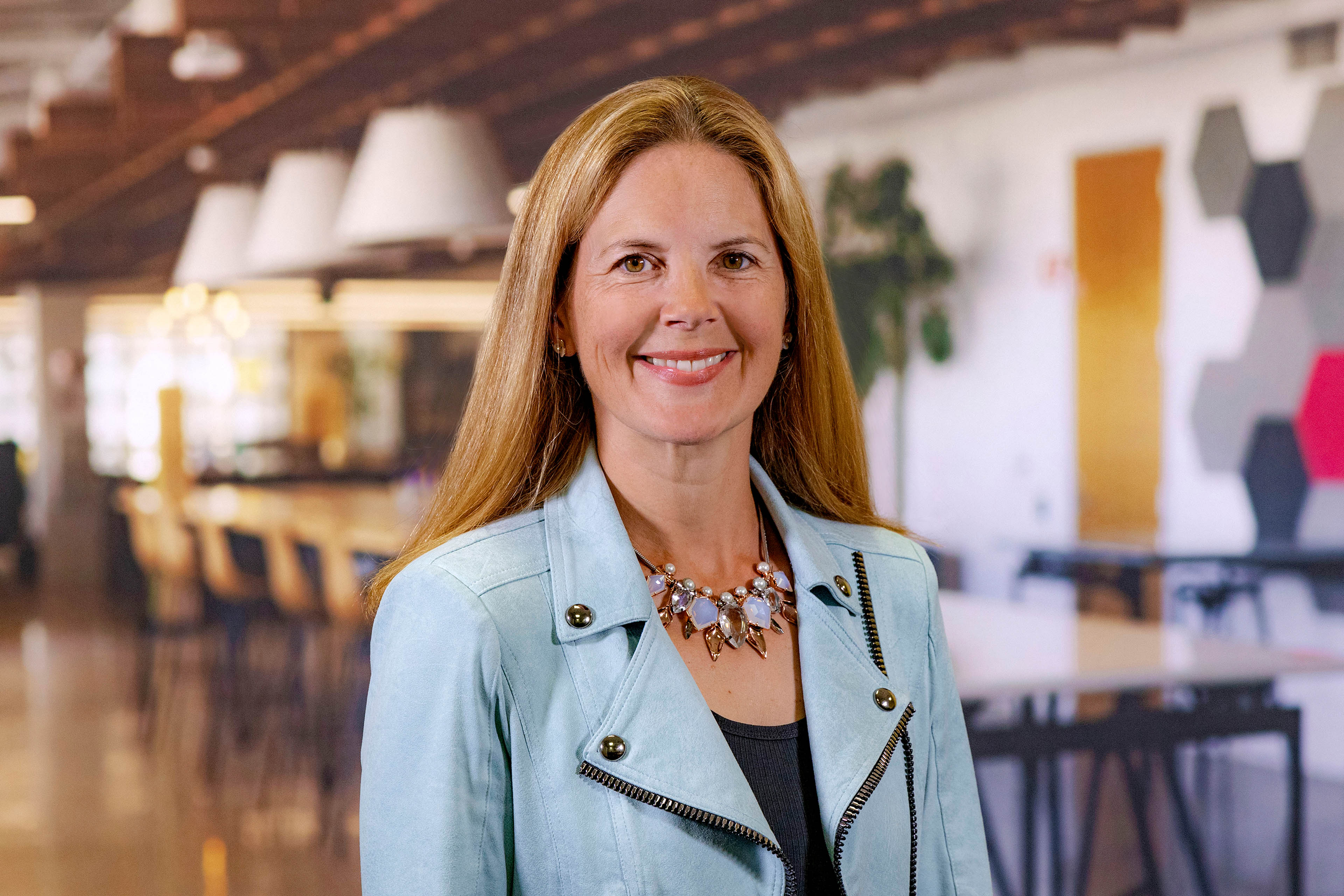EY refers to the global organization, and may refer to one or more, of the member firms of Ernst & Young Global Limited, each of which is a separate legal entity. Ernst & Young Global Limited, a UK company limited by guarantee, does not provide services to clients.
How EY can help
-
Discover EY's consulting services, insights & people and learn how they can help your business succeed in the Transformative Age
Read more -
Our globally connected tax network can help your tax function address complex issues, making sure you can operate confidently in today’s disruptive landscape.
Read more
Boosting business with GenAI in tax and finance
Tax and finance leaders are acutely aware of data’s importance, given how much data they routinely juggle. And while many organizations are making good use of that information, AI has the potential to make that “good use” even better.
Incorporating AI in tax and finance processes can prove pivotal, helping the broader business bring about real transformation and gain more value from its existing data. But how?
The right mix for forward momentum
Many businesses attempt to leverage AI by simply adding it as another layer to their processes. But this isn’t the right approach. Instead, by working with the right advisor, companies should navigate how to apply AI in a way that aligns with the changing ways of working and taking advantage of the latest innovations and advancements. That journey starts with a clear understanding of where businesses are on their technology roadmap.
Taking stock of the current technology roadmap is vital. The same is true for understanding the intended result of technology investments – where tax and finance organizations want to end up as a result of transformation and how they will encourage adoption.
To help them get to that elevated, AI-informed, state often requires an ecosystem approach.







